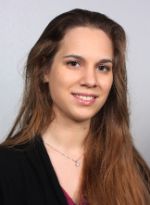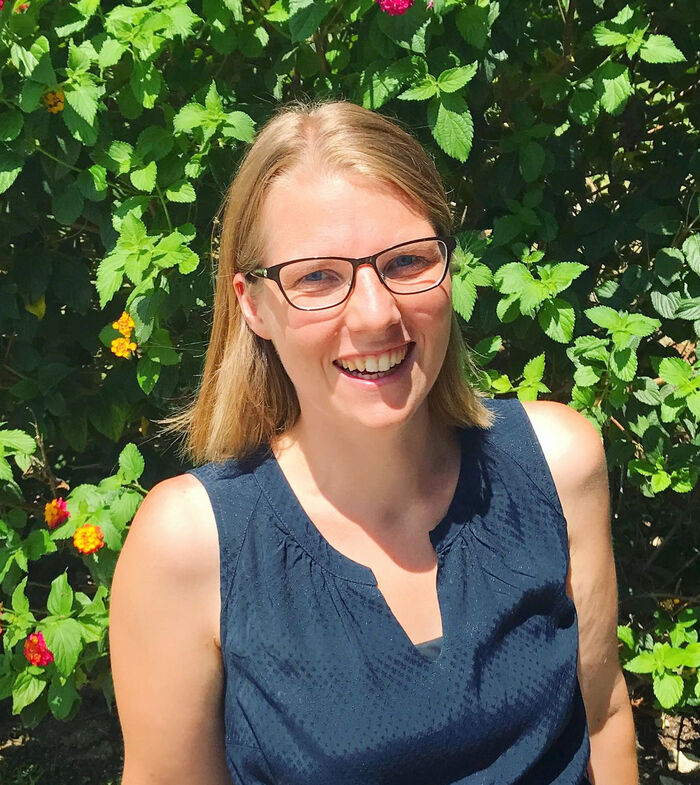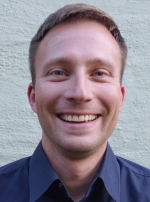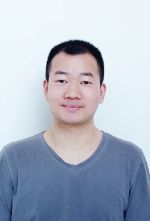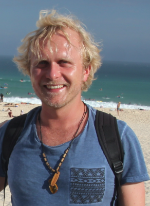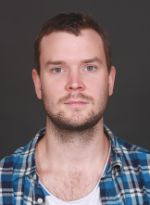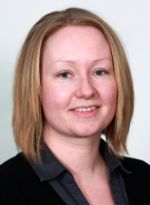Events - Page 21
Doctoral candidate Parampreet Singh Walia at the Department of Physics will be defending the thesis
"“Phenomenology of Thermally produced Dark matter”
for the degree of PhD
Doctoral candidate Parampreet Singh Walia at the Department of Physics will give a trial lecture on the given topic:
" The Higgs particle"
Siv.ing. Cecilie Skjold Granerød at Department of Physics will be defending the thesis
"Measuring optical properties on a nanoscale: a STEM-EELS study of ZnO"
for the degree of PhD
Doctoral candidate Cecilie Skjold Granerød at the Department of Physics will give a trial lecture on the given topic:
" Imaging magnetic and electrostatic fields in the electron microscope "
MSc Helga Margrete Bodahl Holmestad at Department of Physics will be defending the thesis
"Data analysis, simulations, and reconstruction of anti-proton annhilations in a silicon pixel detector” ”
for the degree of PhD
MSc Audun Skaugen at the Department of Physics will be defending the thesis
"A unified perspective on two-dimensional quantum turbulence and plasticity"
for the degree of PhD
Doctoral candidate Master in Physics Helga Margrete Bodahl Holmestad at the Department of Physics will give a trial lecture on the given topic:
" Einstein's Theory of Relativity""
Doctoral candidate Master in Physics Audun Skaugen at the Department of Physics will give a trial lecture on the given topic:
" Do the Navier-Stokes equations allow for the emergence of singular flow structures in a finite amount of time?"
Talk given by David R. Nelson, Lyman Laboratory, Harvard University.
Doctoral candidate Frank Guldstrand at the Department of Geosciences will give a trial lecture on the given topic: Caldera Collapse
From Birkeland’s Gun to Cosmic Accelerators.
Electromagnetic and Electrostatic Wave Acceleration of Matter.
Professor Rickard Lundin, Swedish Institute of Space Physics.
Leave the lunch box at home - the "Felleskollokvium" is back.
Doctoral candidate Tobias Schmiedel at the Department of Geosciences will give a trial lecture on the given topic: Factors influencing magma rheology and the impacts of variable rheology on intrusion style and geometry
The International Conference on new Frontiers in Physics aims to promote scientific exchange and development of novel ideas in science with a particular accent on interdisciplinarity.
July 4-12 | Crete, Greece
Master of Science Wei Zhan at Department of Physics will be defending the thesis
"Band gap mapping of alloyed ZnO using probe-corrected and monochromated STEM-EELS"
for the degree of PhD
Doctoral candidate Master in Physics Wei Zhan at Department of Physics will give a trial lecture on the given topic:
"Future directions and applications for semiconductor Electronics"
Welcome to the 14th Nordic Meeting on Nuclear Physics!
The meeting in Norway will be next in the series of conferences which have been held every few years since the 1970’s with the location rotating between Denmark, Finland, Norway and Sweden. The 13th Nordic Meeting was organized in Saariselkä, Finnland in April 2015.
Master of Science Oliver Pabst at Department of Physics will be defending the thesis
"Electrical properties of human skin: From linear recordings of exogenous electrodermal activity to non-linear memristor measurements"
for the degree of PhD
Doctoral candidate Master in Physics Oliver Pabst at Department of Physics will give a trial lecture on the given topic:
" Applications of signal processing in medicine"
Master of Science Heine Nygard Riise at Department of Physics will be defending the thesis
"Materials and junctions for a novel oxide solar cell"
for the degree of PhD
Doctoral candidate Master in Physics Heine Nygard Riise at Department of Physics will give a trial lecture on the given topic:
" Semiconductors for power Electronics"
Master of Science Laura Franconi at Department of Physics will be defending the thesis
"Insertable B-Layer integration in the ATLAS experiment and development of future 3D silicon pixel sensors"
for the degree of PhD
Doctoral candidate Master in Physics Laura Franconi at Department of Physics will give a trial lecture on the given topic:
"The search for neutrino-less double beta decay"
Master of Science Ingerid Skjei Knudtsen at Department of Physics will be defending the thesis
"Quantitative 18F‐FDG positron emission tomography in radiotherapy of lung cancer"
for the degree of PhD
Doctoral candidate Master in Physics Ingerid Skjei Knudtsen at Department of Physics will give a trial lecture on the given topic:
"Physics principles of PET imaging: Factors determining spatial resolution."

